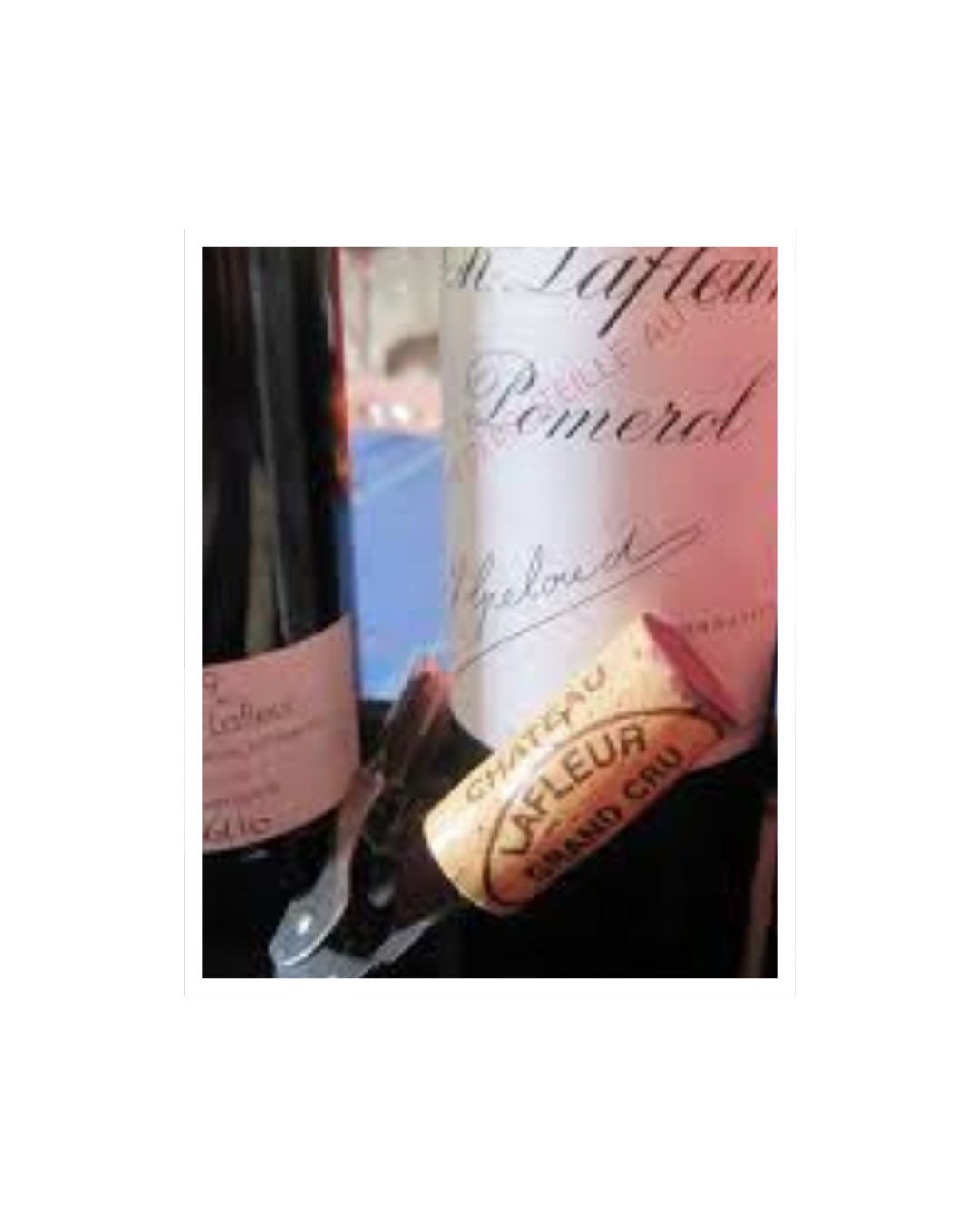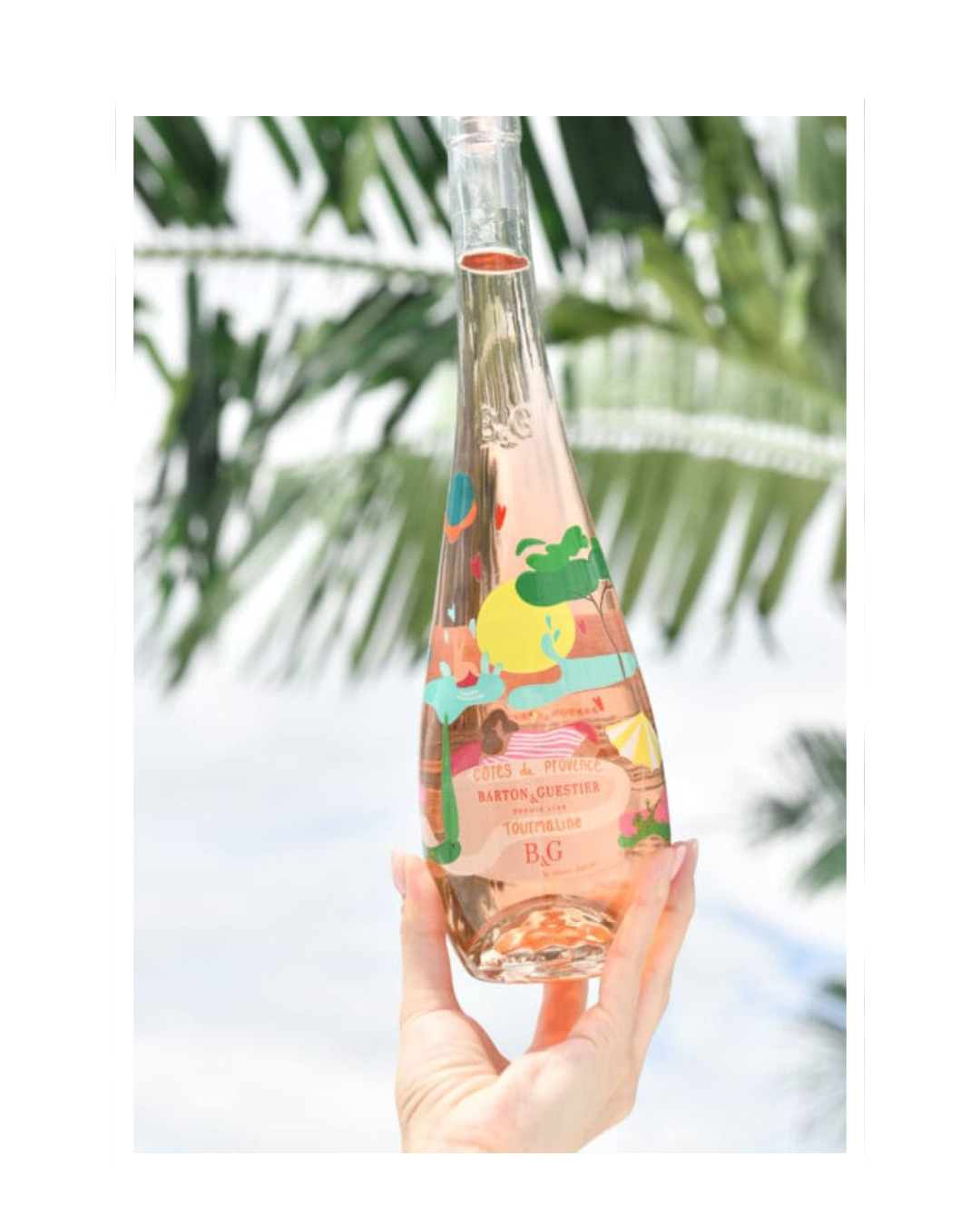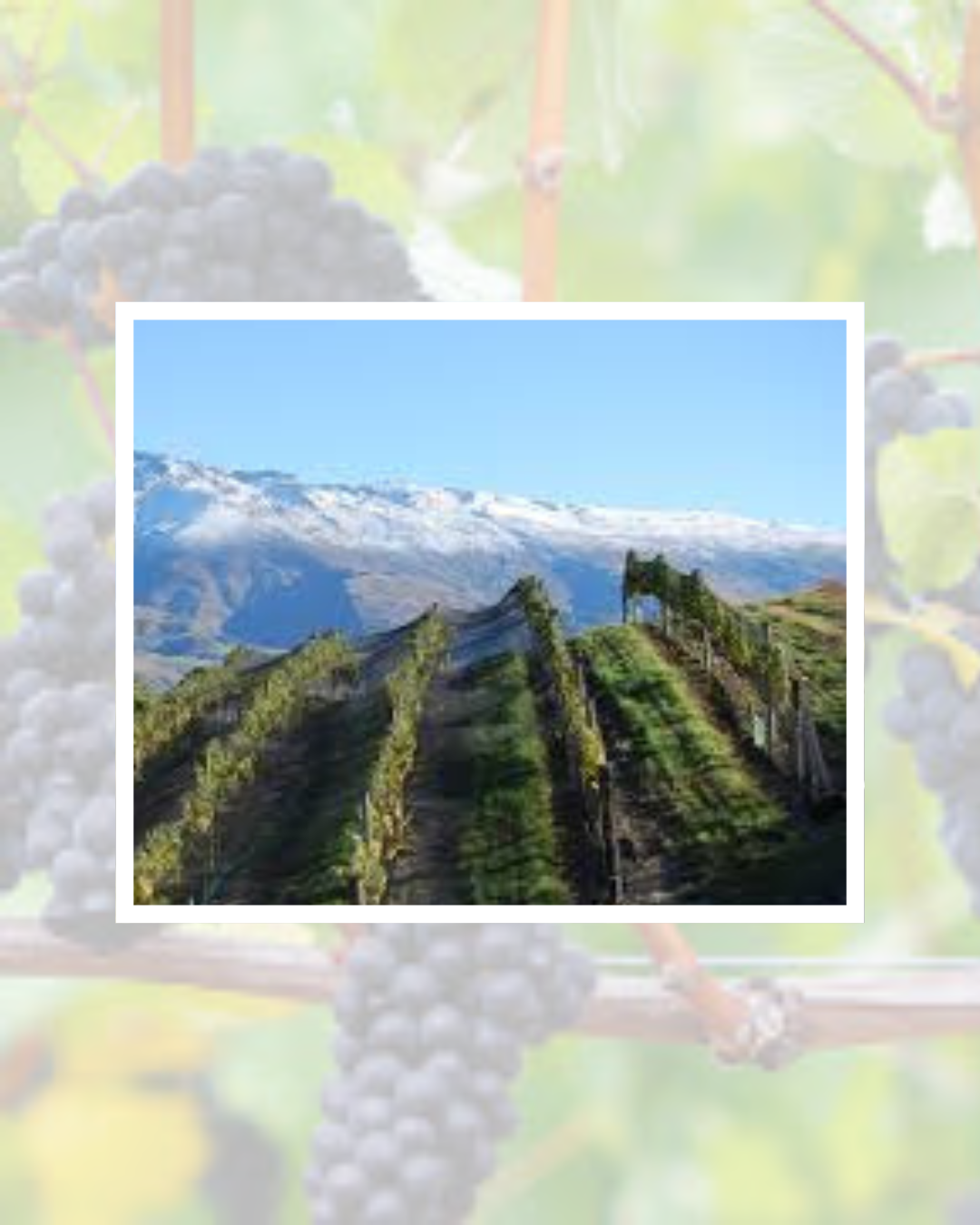In the rolling hills of Wales, a quiet revolution is underway. Once considered too cold and damp for viticulture, the Welsh countryside is now home to a burgeoning wine industry that is defying expectations and thriving amid climate shifts and strategic innovation.
As global temperatures rise, regions previously unsuitable for grape cultivation are experiencing longer growing seasons and milder winters. Welsh vineyards are capitalizing on these changes, planting varieties that flourish in cooler climates and investing in technologies that enhance yield and quality.
Dr Kate Gannon has researched the impact of climate change on UK wine, said warming temperatures meant Wales had become “more suitable” for wine production, but warned of challenges ahead.
Local winemakers are embracing sustainable farming practices, from organic soil management to water conservation techniques, ensuring that growth does not come at the expense of environmental stewardship. These efforts are not only producing exceptional wines but also positioning Wales as a model for climate-resilient agriculture.
The Welsh wine sector remains small compared to its English neighbour and is made up of micro-producers, but it has been growing rapidly. The Food Standards Agency Wales said 59 vineyards across the country were registered with them at the end of July.
The rise of wine tourism in Wales is another testament to the industry’s success. Visitors are drawn to the scenic vineyards, tasting rooms, and the stories of passionate vintners who are redefining what it means to produce wine in the UK.
With award-winning reds and sparkling wines gaining recognition, the Welsh wine industry is proving that innovation and adaptability can turn climate challenges into opportunities. As the vines of change continue to grow, Wales stands poised to become a key player in the global wine landscape.







